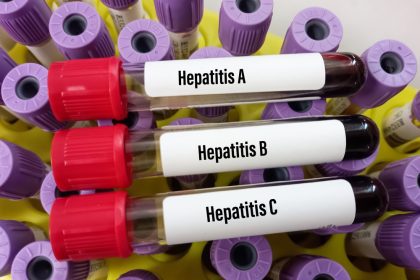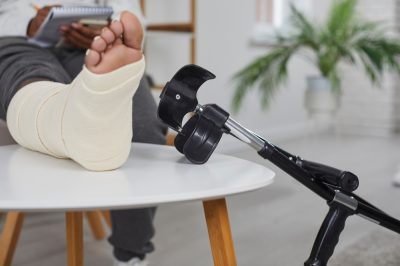Recovery from widowmaker heart surgery, which addresses blockages in the left anterior descending (LAD) artery, requires dedicated rehabilitation efforts. Whether recovering from coronary artery bypass graft surgery or angioplasty with stent placement, following proper rehabilitation protocols proves crucial for optimal recovery and long-term health outcomes.
Professional cardiac rehabilitation
Structured cardiac rehabilitation programs form the cornerstone of post-surgery recovery. These specialized programs, typically offered through hospitals or outpatient facilities, provide comprehensive care under medical supervision. Health care professionals monitor vital signs, including heart rate, blood pressure, and cardiac rhythm, ensuring safe progression through the rehabilitation process.
These programs combine supervised exercise sessions with educational components covering heart-healthy lifestyle modifications. Participants learn proper exercise techniques while receiving guidance on nutrition, stress management, and medication adherence. The structured environment allows for safe activity progression while minimizing complication risks.
Physical activity progression
Proper physical rehabilitation requires careful activity progression following surgical recovery. Initial activities typically begin with short, gentle walks, gradually increasing in duration and intensity as strength improves. This measured approach helps rebuild cardiovascular endurance while preventing overexertion.
Health care providers typically recommend starting with brief walking sessions several times daily. As recovery progresses, activity duration and intensity increase according to individual tolerance and medical guidance. This gradual progression helps restore strength and confidence while monitoring for any concerning symptoms.
Nutritional optimization
Dietary choices play a crucial role in post-surgery recovery and long-term heart health. A heart-healthy diet emphasizes whole foods while limiting processed items high in saturated fats, sodium, and added sugars. The Mediterranean diet, rich in olive oil, lean proteins, and plant-based foods, offers particular benefits for cardiovascular health.
Working with registered dietitians helps develop personalized meal plans that account for individual needs and preferences. These professionals can address specific dietary restrictions while ensuring adequate nutrition for healing and recovery. They also provide practical strategies for implementing dietary changes in daily life.
Stress management techniques
Recovery from major heart surgery involves significant emotional and psychological challenges. Implementing effective stress management techniques helps support both physical and emotional healing. Various approaches, including meditation, deep breathing exercises, and gentle yoga, can help reduce anxiety and promote relaxation.
Professional counseling or support groups often prove beneficial during recovery. These resources provide opportunities to process emotions and connect with others sharing similar experiences. Learning to identify and manage stress triggers helps create a more supportive recovery environment.
Medication management
Proper medication management remains essential for optimal recovery outcomes. Understanding each prescribed medication’s purpose, dosage, and potential side effects helps ensure proper adherence. Regular communication with health care providers allows for timely adjustments and addressing any concerns.
Developing consistent medication routines helps maintain proper therapeutic levels. Using pill organizers or reminder systems can improve adherence, particularly when managing multiple medications. Regular medication reviews with health care providers ensure ongoing appropriateness of prescribed treatments.
Wound care protocols
Proper wound care following surgery prevents complications and promotes optimal healing. Following specific cleaning and dressing protocols helps minimize infection risks. Regular monitoring for signs of complications, including unusual redness, swelling, or drainage, allows for early intervention when needed.
Maintaining proper hygiene practices proves essential during recovery. This includes regular handwashing and keeping surgical sites clean and dry according to medical instructions. Prompt reporting of any concerning changes helps prevent potential complications.
Medical follow-up
Regular medical follow-up appointments provide crucial monitoring during recovery. These visits allow health care providers to assess progress, adjust treatment plans, and address emerging concerns. Consistent monitoring helps ensure recovery proceeds as expected while allowing for early intervention when needed.
Important aspects of follow-up care include:
- Monitoring vital signs and recovery progress
- Adjusting medications as needed
- Addressing questions and concerns
- Modifying rehabilitation plans
- Planning long-term care strategies
Moving forward
Successful rehabilitation after widowmaker heart surgery requires dedication to comprehensive recovery protocols. Following medical guidance while gradually increasing activity levels helps optimize outcomes. Understanding that recovery takes time while celebrating progress along the way supports both physical and emotional healing.
Long-term success depends on:
- Maintaining rehabilitation commitments
- Following prescribed treatment plans
- Implementing lifestyle modifications
- Attending regular medical follow-up
- Staying connected with support systems
Through careful adherence to rehabilitation protocols and ongoing commitment to heart health, individuals can achieve optimal recovery outcomes and improved long-term health status.
This story was created using AI technology.














